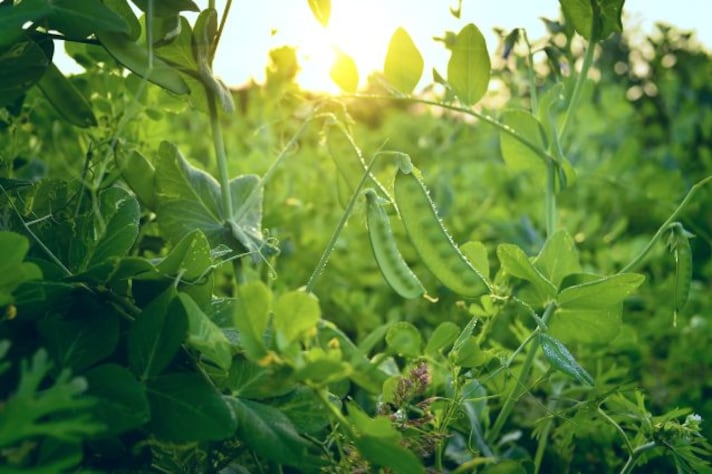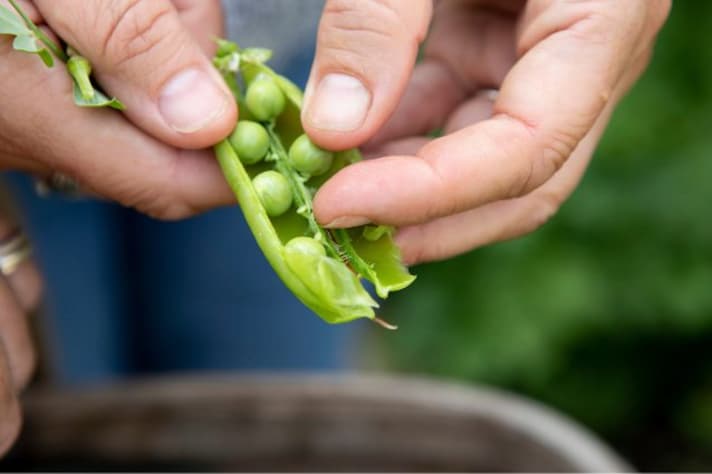
Peas are a staple in many households, often found in the freezer or pantry in their frozen or canned forms. However, nothing quite compares to the fresh, sweet taste of homegrown peas. They're like the VIPs of the vegetable world, just a step ahead in flavor and satisfaction. Here's a guide on how to best plant and grow peas in your home garden, ensuring you get the freshest, tastiest harvest possible.
How to Choose Your Pea Varieties and Planting Time
There are numerous varieties of peas to choose from, each bringing its own unique flavor and texture. Whether you opt for snap peas, snow peas, or the classic garden peas, there's a variety to suit every palate. The best time to plant peas is during the cool months of spring or fall. In most regions, peas should be planted as soon as the soil can be worked in the spring, often around March or April, and again in late summer for a fall harvest. Peas thrive in cooler temperatures, so avoid the heat of midsummer to ensure a successful crop.

A Step-by-Step Planting Guide
Planting peas is a straightforward process, but a few tips can help ensure a bountiful harvest. Start by selecting a sunny spot in your garden with well-draining soil. Peas dislike wet feet, so good drainage is essential. Sow the seeds about one inch deep and two inches apart, in rows that are at least 18 inches apart. If you're feeling fancy, soak the seeds overnight before planting to speed up germination. Cover them lightly with soil, give them a good watering, and then… pea-lieve it or not, you're already halfway there!
How to Care for Your Pea Plants
Peas are climbers at heart, so providing support is crucial. As soon as the seedlings are a few inches tall, set up a trellis or some garden stakes with twine to help them reach for the sky. This not only supports their growth but also keeps the pods off the ground, reducing the risk of rot. Water your peas consistently, aiming to keep the soil moist but not waterlogged – about an inch of water per week should do the trick. The secret to a thriving pea plant? Regular weeding and gentle handling. Peas have delicate roots, so be careful when working around them.

How Do You Know When It's Time to Harvest Your Homegrown Peas
Peas generally take about 60 to 70 days to mature, depending on the variety and growing conditions. The best time to harvest is when the pods are bright green and plump. If you wait too long, the peas can become starchy and lose their sweetness. A good rule of thumb is to pick peas early in the morning when they're at their crispest. Simply give the pod a gentle squeeze – if it feels full, it's ready for harvest. For snow peas and snap peas, you'll want to harvest when the pods are flat but fully developed, before the peas inside swell.
;Resize,width=767;)
